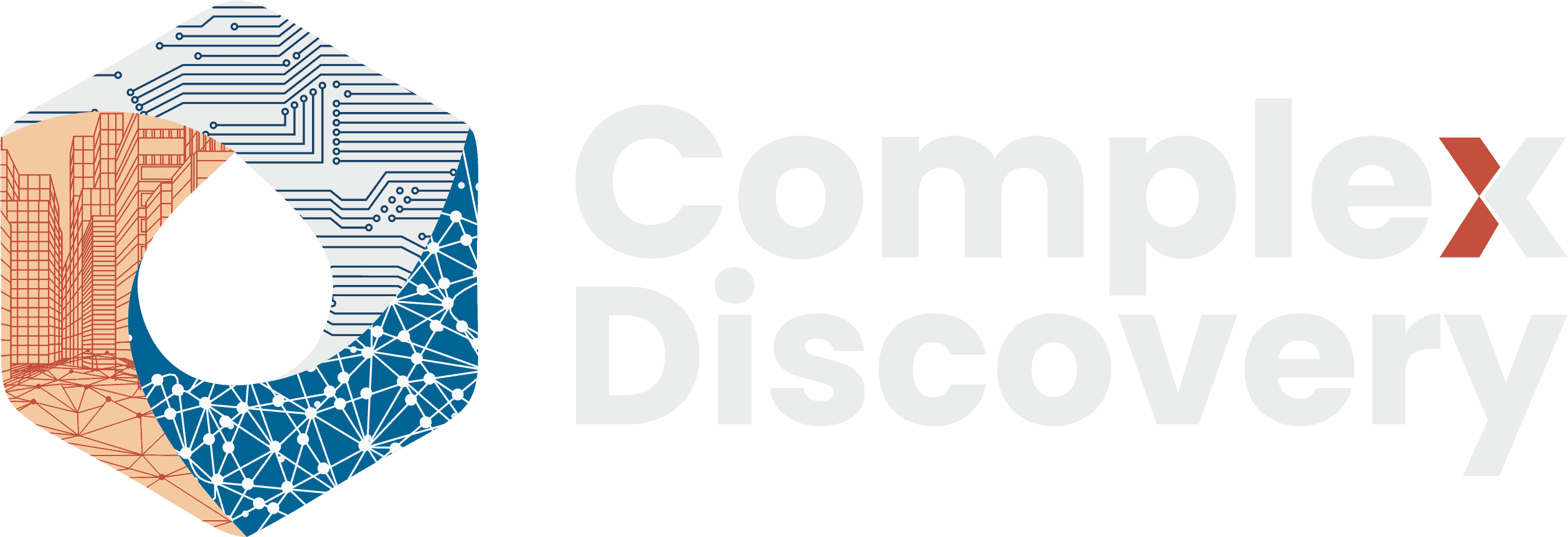Editor’s Note: Cybersecurity has reached a new inflection point—where reputation, resources, and even industry leadership no longer guarantee resilience. This article underscores the escalating sophistication of cyber threats, from AI-driven phishing and deepfake campaigns to vendor vulnerabilities and social engineering exploits that bypass even the strongest technical safeguards. For cybersecurity, information governance, and eDiscovery professionals, the key insight is clear: modern defense strategies must evolve beyond technology alone, integrating governance, human-centric safeguards, and adaptive risk frameworks. The discussion here is not simply about breaches at Google, Allianz, or LexisNexis—it is about what these incidents reveal for corporate leaders shaping the future of digital resilience.
Content Assessment: The Digital Fortress Under Siege: How Today's Cyber Threats Are Rewriting the Rules of Corporate Defense
Information - 93%
Insight - 92%
Relevance - 94%
Objectivity - 92%
Authority - 91%
92%
Excellent
A short percentage-based assessment of the qualitative benefit expressed as a percentage of positive reception of the recent article from ComplexDiscovery OÜ titled, "The Digital Fortress Under Siege: How Today's Cyber Threats Are Rewriting the Rules of Corporate Defense."
Industry News – Cybersecurity Beat
The Digital Fortress Under Siege: How Today’s Cyber Threats Are Rewriting the Rules of Corporate Defense
ComplexDiscovery Staff
In boardrooms across America, a chilling reality is becoming impossible to ignore: the very technologies that drive modern business success have become the primary vectors for corporate destruction. As cybercriminals evolve from opportunistic hackers to sophisticated threat actors wielding artificial intelligence and social engineering mastery, the question is no longer whether your organization will be targeted, but whether your defenses can withstand the inevitable assault.
The cybersecurity threat landscape has evolved into something far more menacing than traditional IT departments ever anticipated. Complex incidents involving major technology platforms, sophisticated social engineering campaigns, and vulnerabilities in trusted cloud services now define the new normal for corporate risk management. What makes this evolution particularly dangerous is how cybercriminals have learned to weaponize our interconnected business ecosystem against itself.
The cyber terrain was sharply underscored when Google confirmed that its database, utilized for storing contact details of small to medium businesses, had been infiltrated by the ShinyHunters group. This infiltration highlights a concerning rise in the speed and scale of cyber threats, as hackers exploit pre-existing data from past breaches to bolster new attacks. Robin Brattel, CEO of Lab 1, remarked, “malicious campaigns are being scaled quicker than ever,” highlighting the urgent need for enhanced cyber defenses.
Despite Google’s reputation for cybersecurity excellence, this breach exemplifies that even top-tier entities are not immune to sophisticated attacks. The incident serves as a sobering reminder that reputation and resources alone cannot guarantee protection in today’s threat environment. Dray Agha of Huntress emphasized the essential management of third-party risks, noting, “Even tech giants aren’t immune, highlighting that businesses must rigorously vet and continuously monitor all vendors with access to their data.” Such incidents amplify the call for layered defenses and robust vendor management strategies within legal departments and corporate infrastructures.
The human element remains perhaps the most exploitable vulnerability in any security framework. Allianz Life’s experience with a social engineering exploit stresses the significance of human factors in cybersecurity protocols. Cybercriminals, through seemingly innocuous means, accessed customer data via Allianz’s Salesforce CRM. The attack not only exposed the vulnerability of cloud platforms but also reiterated the necessity for user-focused security training and zero-trust models that can mitigate human error.
The Allianz incident, in which attackers masqueraded as IT employees, facilitated unauthorized access to customer information, and revealed that psychological manipulation remains a potent tool in the cybercriminal arsenal. This type of attack illustrates how threat actors have transitioned from purely technical exploits to sophisticated psychological operations, designed to circumvent human judgment. William Wright of Closed Door Security commented on the challenge, underscoring the need for comprehensive employee training to combat such deceptions effectively.
Generative artificial intelligence has introduced both unprecedented opportunities and equally unprecedented risks into the cybersecurity equation. AI-powered phishing campaigns and deepfake technologies create personalized cyber threats that elevate risks to previously unimaginable levels. The evolving sophistication of these tactics necessitates a fundamental pivot toward AI-augmented defensive measures, particularly in sectors such as law and corporate management, where sensitive client information represents the crown jewels of organizational value.
Brian Murphy, Founder and Chief Executive Officer of ReliaQuest, noted the dual-edged impact of AI in cybersecurity, recognizing it as simultaneously a tool for bad actors and a critical defense resource. “AI is allowing us to remove a lot of that noise, that tier one or tier two work,” he stated. His insights align with the industry-wide recognition that AI can streamline defensive measures, enabling cybersecurity professionals to focus on critical strategic tasks while automated systems handle routine threat detection and response.
Modern protection strategies now require adaptive, privacy-conscious approaches to fraud prevention that go far beyond traditional perimeter security models. Organizations must develop and implement clear governance policies to handle data securely, integrating multilayered security protocols like multifactor authentication and device fingerprinting to thwart unauthorized access attempts. The targeting of LexisNexis Risk Solutions, which became a prime target due to its accumulation of valuable data, illustrates the broader industry shift toward minimalist data collection strategies that enhance privacy without compromising fraud defense capabilities.
The movement toward credential-less authentication methods represents one of the most promising developments in modern cybersecurity architecture. Federico Simonetti of Xiid labels such approaches as “essential” for contemporary security frameworks. His viewpoint reflects a growing consensus among security professionals that minimizing data dependencies and eliminating traditional password-based systems can drastically mitigate breach risks while improving user experience.
Contemporary cyber resilience demands more than technological solutions; it requires a fundamental transformation in how organizations think about risk, trust, and digital operations. The most successful defense strategies integrate advanced technological capabilities with a corporate culture that prioritizes vigilance, adaptability, and continuous learning. Legal departments and corporate leadership teams must collaborate to develop frameworks that can adapt as quickly as the evolving threats they face.
As we address this increasingly complex digital landscape, one truth emerges with crystalline clarity: the organizations that will thrive are those that recognize cybersecurity not as a cost center or compliance requirement, but as the cornerstone of sustainable business operations. The digital fortress under siege today will either emerge stronger through adaptive defense strategies or it will become tomorrow’s cautionary tale. The choice, and the responsibility, lies squarely with today’s corporate leaders who must decide whether to build walls higher or to architect entirely new forms of digital resilience that can withstand whatever tomorrow’s threat actors may devise.
News Sources
- How To Balance Privacy And Protection In The Age Of AI (Forbes)
- Google says hackers breached internal database (Axios)
- Google Confirms It Has Been Hacked — What User Data Has Been Stolen? (Forbes)
- AI agents drafted into cybersecurity defense forces of companies (CNBC)
- Allianz Data Breach Exposes Vulnerabilities Affecting Everyone (Forbes)
Assisted by GAI and LLM Technologies
Additional Reading
- When Legal Privilege Isn’t Enough: Cyber Threats Escalate in the Legal Industry
- From Castle Rock to Cybersecurity: Edinburgh Insights for ILTACON 2025
- Stonehenge: Ancient Order, Modern Insight
- A Walk Through History: The Churchill War Rooms and the Power of Resilience
- The Architecture of Isolation: Cold War Cities and Corporate Silos
- Castles, Borders, and the Battle for Cyberspace
Source: ComplexDiscovery









































